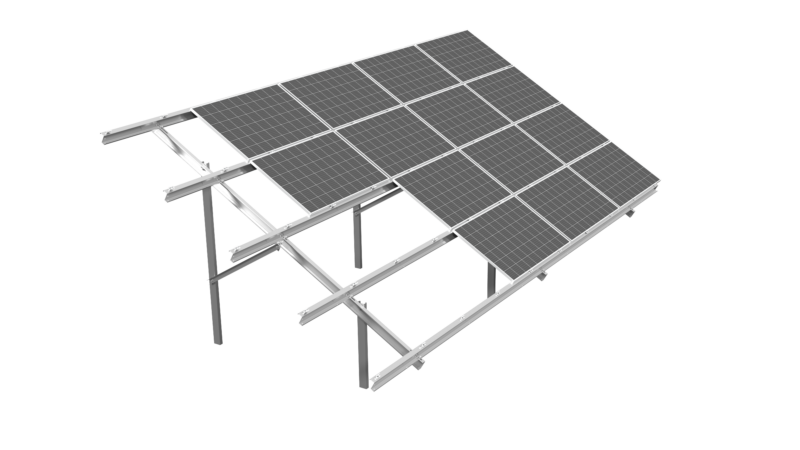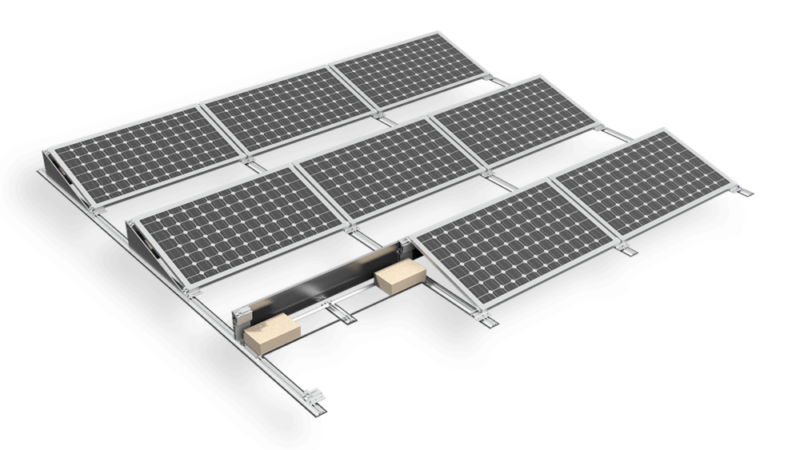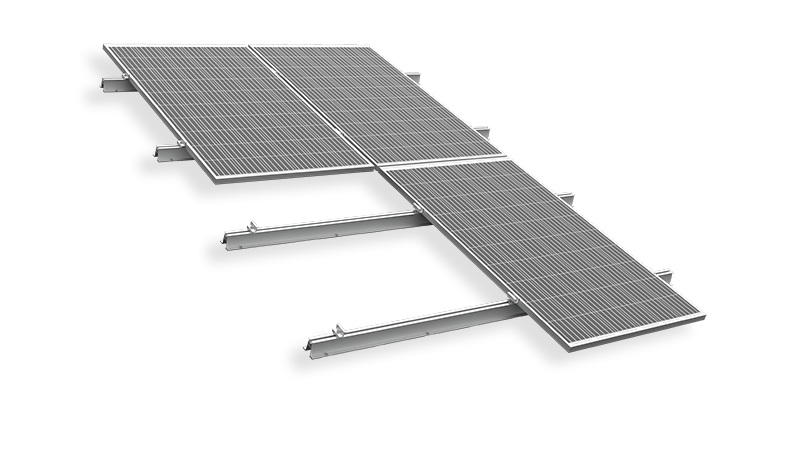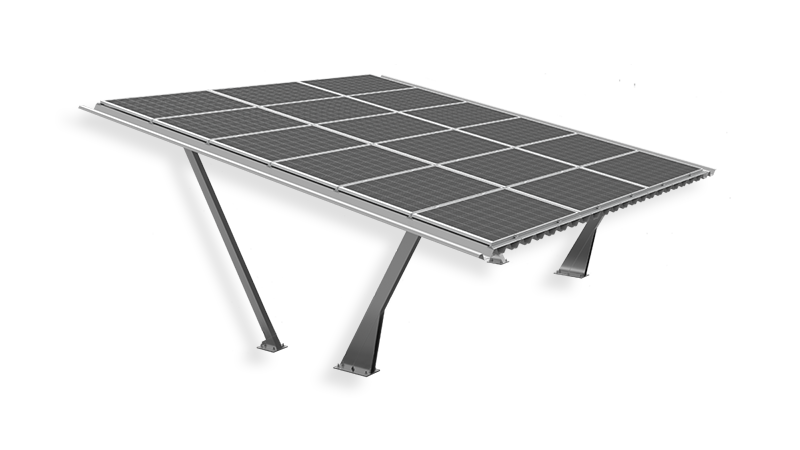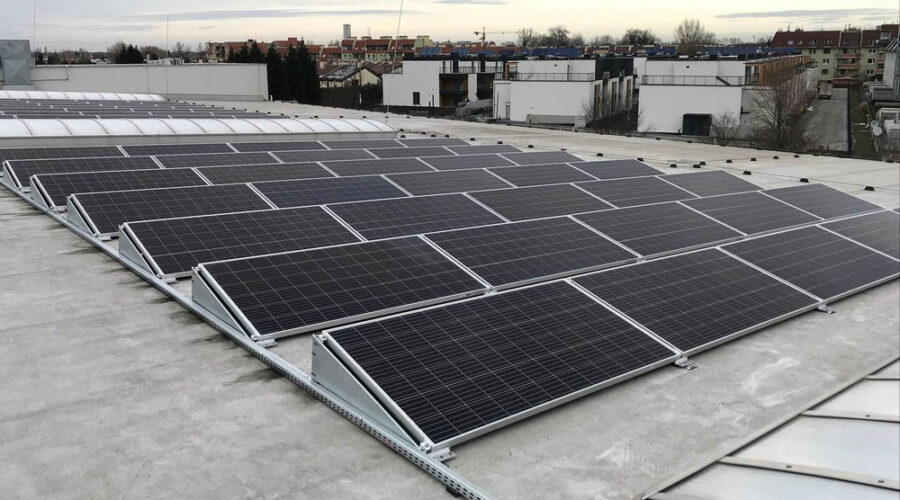
Safe PV structures on a membrane roof
Are ballast systems a good solution for membrane roofs? We provide guidelines for construction of a safe and durable PV system for a flat roof.
Roof decking made of membrane materials is an economic and environmentally solution, so it is chosen by many investors. But waterproof and weather-resistant membranes are flexible, and this may affect their resistance when they are exposed to excessive loads. Increasingly often large area buildings covered with membranes become a surface for installation of photovoltaic system – however, what should be done when there are doubts concerning durability and safety of installation of the PV structure on the membrane, e.g., TPO, PVC or EPDM?
Determination of a load bearing capacity of a roof on which a photovoltaic system will be installed is of crucial importance in the process of system planning. The weight of the entire structure, including ballast, should not exceed the limiting load bearing capacity of the roof, therefore, cooperation with a reliable supplier of photovoltaic fixing components is important, as it will individually select a relevant system. Verification of the presented documentation concerning the load bearing capacity of a roof allows us to specify optimum layouts of a structure and to select the best location for a non-invasive installation, and this will directly translate into a reduced value of a necessary load.
The AERO S system used in the Dolnośląskie Voivodeship is characterised by permanent connections between rows, which form islands allowing for a significant reduction of ballast. With rear and side covers installed on the structure, the effect of wind suction and pressure on the entire system is eliminated, and this is confirmed by tests performed in the wind tunnel. The structure tests under exposure to strong winds confirmed durability and stability of the ballast system even in very harsh weather conditions.


